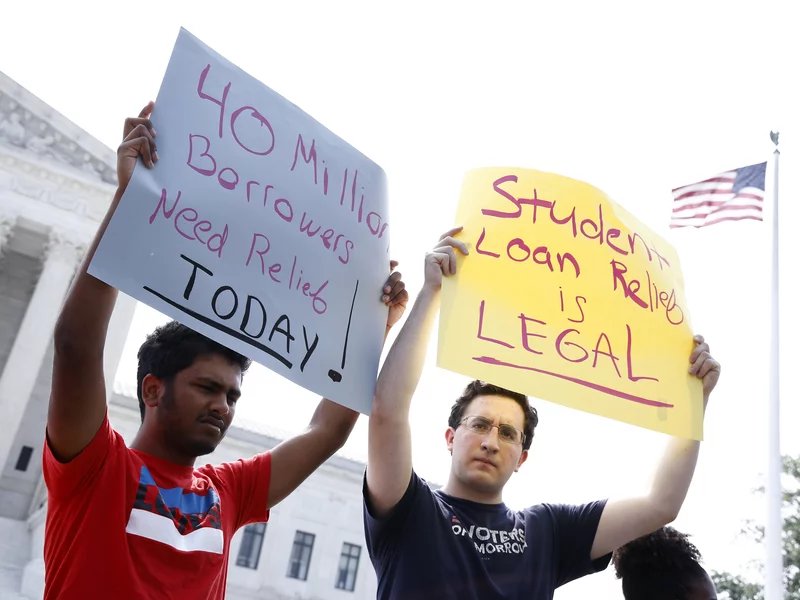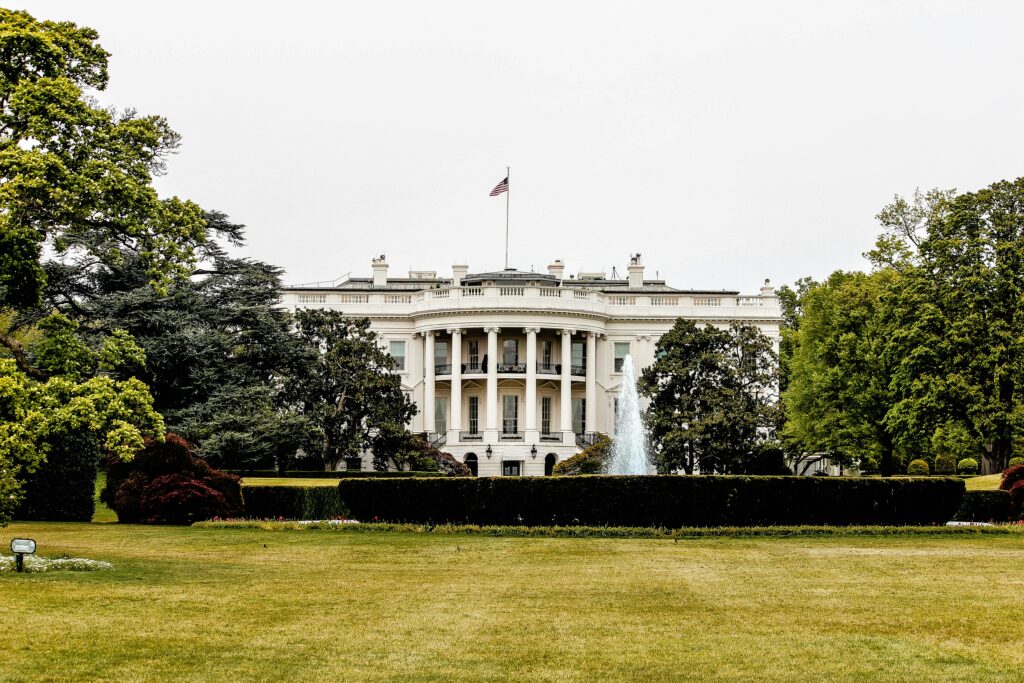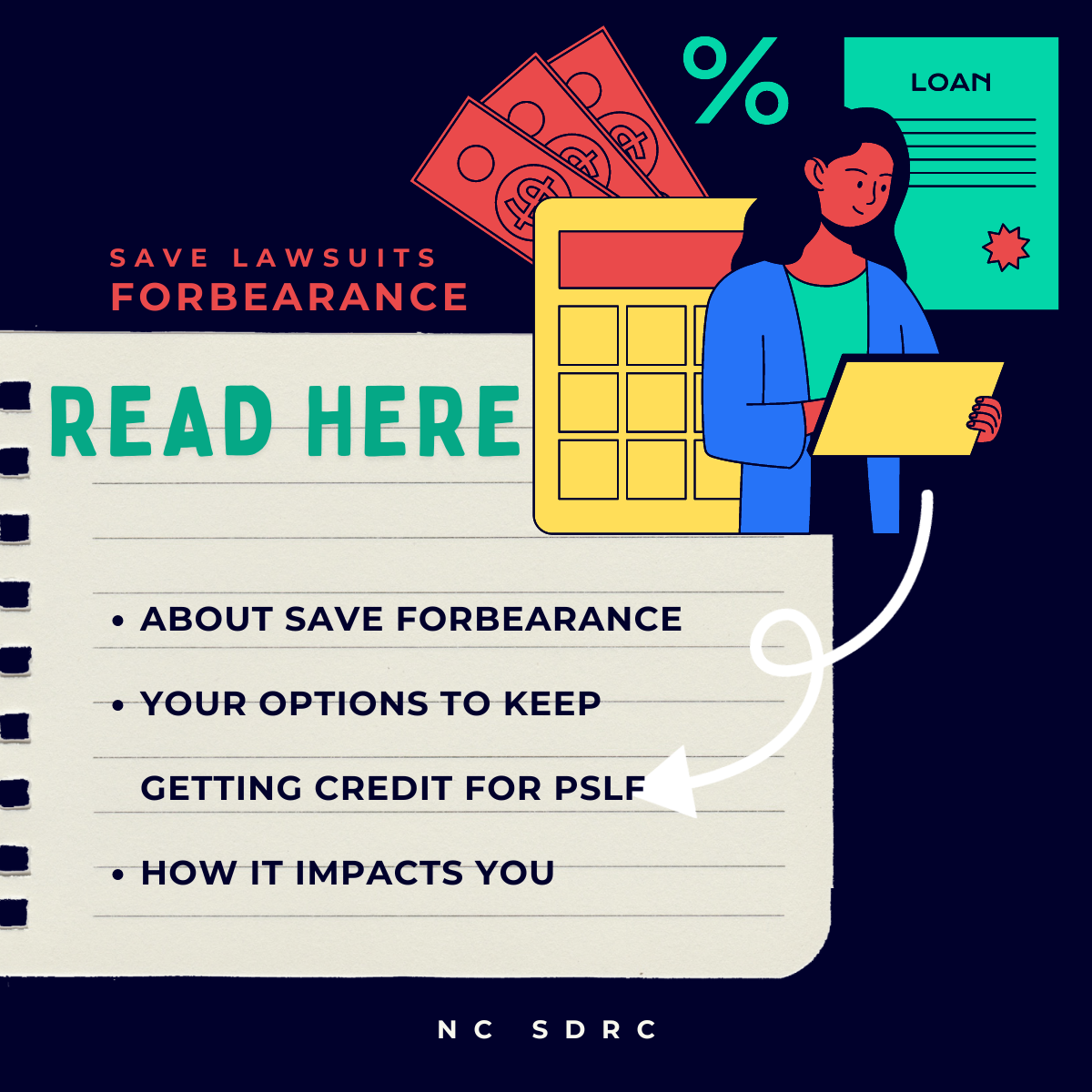Credit: Press release from the US Department of Education, found HERE and republished.
On July 18, 2024, a federal court issued a stay preventing the Department from operating the Saving on a Valuable Education (SAVE) plan. Here’s what it means for borrowers:
- Forbearance: Borrowers enrolled in the SAVE plan are being moved into forbearance. During forbearance, SAVE borrowers will not have to make payments. The time in forbearance will not count toward Public Service Loan Forgiveness or Income-Driven Repayment (IDR) loan forgiveness. SAVE borrowers will not accrue interest on their loans during the forbearance. SAVE borrowers will be notified about their forbearance by their loan servicers.
- Bills and payments: Borrowers enrolled in the SAVE Plan who have received a bill for August are being put in an interest-free forbearance – payments are not required during forbearance. Borrowers enrolled in the SAVE Plan who have not yet received a bill for August will also be put in forbearance and therefore will not receive a bill.
Borrowers affected by this court decision will hear from their loan servicers and/or the Department in the coming days. The Department will continue to update this page and pages on StudentAid.gov and what it means for borrowers.
The Biden-Harris Administration will continue to aggressively defend the SAVE Plan in court and continue to pursue all available tools to reduce the burden of student loans on borrowers across the country.
A Statement from U.S. Secretary of Education Miguel Cardona following the 8th Circuit Court of Appeals’ ruling on the Biden-Harris Administration’s Saving on a Valuable Education (SAVE) Plan:
“Today’s ruling from the 8th Circuit blocking President Biden’s SAVE plan could have devastating consequences for millions of student loan borrowers crushed by unaffordable monthly payments if it remains in effect. It’s shameful that politically motivated lawsuits waged by Republican elected officials are once again standing in the way of lower payments for millions of borrowers.
“Borrowers enrolled in the SAVE Plan will be placed in an interest-free forbearance while our Administration continues to vigorously defend the SAVE Plan in court. The Department will be providing regular updates to borrowers affected by these rulings in the coming days.
“It wasn’t so long ago that a million borrowers defaulted on their student loans every single year, mainly because they couldn’t afford the payments. The SAVE plan is a bold and urgently needed effort to fix what’s broken in our student loan system and make financing a higher education more affordable in this country. The Biden-Harris Administration remains committed to delivering as much relief as possible for as many borrowers as possible. Already, we’ve approved an unprecedented $169 billion in relief for nearly 4.8 million Americans, including teachers, veterans, and other public servants, students who were cheated by their colleges, borrowers with disabilities, and more. And from larger Pell Grants to free community college, President Biden, Vice President Harris, and I continue to believe that college affordability is a cause worth fighting for – and we’re not giving up.”
Student Loan Borrower Q&A
As noted above, a federal court recently issued an administrative stay that orders the Department not to offer the SAVE Plan to any borrowers. The stay is a temporary order to give the court time to consider the issue, and further developments are possible while the SAVE Plan remains under litigation.
I am enrolled in the SAVE Plan. What does the court’s administrative stay mean for me?
You are being placed into a forbearance because your servicer is not currently able to bill you at the amount required by a recent court order. The court order is preventing the Department from offering the SAVE Plan while litigation continues.
During forbearance, borrowers are not required to make payments.
Interest will not accrue during this forbearance.
Time spent in this forbearance does not count for Public Service Loan Forgiveness (PSLF) and Income-Driven Repayment (IDR) forgiveness.
Borrowers will be in this forbearance until the legal situation changes or servicers are able to send bills to borrowers at the appropriate monthly payment amount.
Borrowers, and employers on borrowers’ behalf, can make a payment during the forbearance. That payment will be applied to future bills due after the forbearance ends.
Borrowers who do not want to be in this forbearance cancontact their servicer to change repayment plans. There will still be forbearance associated with changing to certainrepayment plans. See below for more information.
If you are nearing the end of your time on PSLF, please see additional information below.
I want to enroll in the SAVE Plan or another income-driven repayment (IDR) plan or consolidate my loans. What do the recent court rulings mean for me?
Borrowers may apply for IDR plans and/or consolidate loans by submitting a PDF application to your servicer by uploading it to your servicer’s web site or mailing or faxing it to your servicer. Due to the stay, the online IDR and consolidation loan applications on studentaid.gov are temporarily not available. We will inform borrowers when the online IDR and consolidation plan applications will be available in a timely fashion.
Borrowers may apply for the following income-driven repayment (IDR) plans: PAYE, SAVE (previously known as REPAYE), Income-Based Repayment (IBR), and Income Contingent Repayment. See here for a description of these student loan repayment plans. We encourage borrowers to review the specifics of each IDR plan as borrowers to make the best choices for their circumstances. For example, if a borrower enrolls in IBR and then moves to a different repayment plan, accrued and unpaid interest will capitalize.
Borrowers are still permitted to apply for SAVE/REPAYE eventhough some of its provisions have been stayed. The terms of the SAVE/REPAYE Plan are subject to the outcome of ongoing litigation.
Borrowers should note that, as result of the administrative stay, servicers have temporarily paused processing of IDR applicationsuntil we can ensure applications are processed correctly. Borrowers should expect a lengthy delay in processing of applications, especially for borrowers applying for SAVE/REPAYE. We do not currently have an estimate of how long this will take. Borrowers should check back for updates on studentaid.gov.
Finally, once applications are processed, borrowers who are enrolled in the SAVE Plan may be placed in forbearance if litigation remains ongoing or servicers cannot calculate payments at the amounts required by court orders.
Borrowers can find more information:
- About the latest developments in the litigation over the SAVE Plan: SAVE Plan Court Actions: Impact on Borrowers | Federal Student Aid
- About IDR Plans: https://studentaid.gov/manage-loans/repayment/plans/income-driven#idr-forgiveness
- About how to apply for IDR or for a consolidation loan: SAVE Plan Court Actions: Impact on Borrowers | Federal Student Aid
Is there any way for me to receive credit toward Public Service Loan Forgiveness during this time?
Although the forbearance does not count toward PSLF, there are currently two ways borrowers may be able to receive PSLF creditfor this time. Borrowers should review these options closely beforetaking any action.
Buy Back Credit:
Some borrowers may be eligible to “buy back” months of PSLF credit for time spent in forbearance as a result of the court’s administrative stay. Currently, borrowers with 120 months of eligible employment can make payments to cover past months that were not counted as qualifying payments because the borrower was in an ineligible deferment or forbearance status. Borrowers must submit a buyback request and make an extra payment of at least as much as what they would have owedunder an income-driven repayment (IDR) plan during the months they are trying to buy back. Borrowers can buy back these months only if:
- they still have an outstanding balance on their loan(s), and
- they have approved qualifying employment for these same months, and
- buying back these months will complete their total of 120 qualifying PSLF payments.
This is a new process that the Department began makingavailable last fall. Borrowers can find more information, including how to submit a request to buy back months, here:https://studentaid.gov/manage-loans/forgiveness-cancellation/public-service/public-service-loan-forgiveness-buyback.
Enroll in a different Income-Driven Repayment (IDR) Plan: Borrowers can apply to enroll in a different IDR plan. We encourage borrowers to look at the specific terms of each IDR Plan to make the best choice for their individual situation. Please see above for more information. Different IDR plans may require higher monthly payments than the SAVE/REPAYE Plan does, and – in the case of some IDR plans – borrowers who later leave them may face interest capitalization. However, payments made under these IDR plans will count toward forgiveness under IDR and PSLF. As noted above, servicers have temporarily paused processing of applications to enroll in a new or different IDR plans until we can ensure applications are processed correctly.




